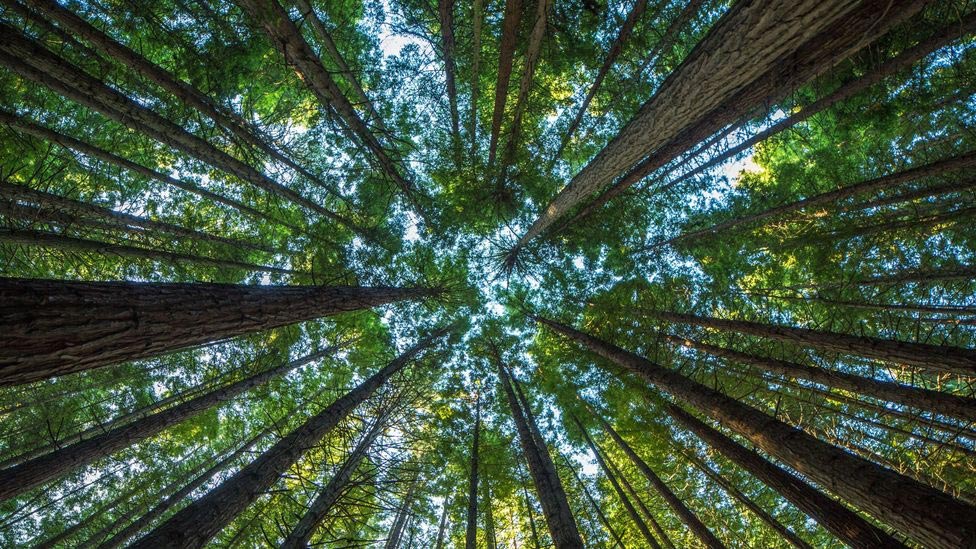Forest originated from the Medieval Latin word Foresta. The simplest definition is: a dense growth of trees, plants, and underbrush covering a large area. In more precise definition: an ecosystem or assemblage of ecosystems dominated by trees and other woody vegetation. The relation of humans with forests is very ancient. Our ancestors, Homo sapiens, once were living on trees for a safer shelter against animals. Then, the relationship went on, woody areas became a useful place for man as a source of heat and light: use of fire.
Following civilization advancement, human exploitation on forests increased which caused further deforestation. Further needs of wood were due to the modern production of paper and, even more, with the rapid increase of population, to the use of such material to build wooden houses and even temples and public buildings. In the meanwhile, in developing countries, wood continued to be used for heat and cooking, the practice of slash-and-burning was employed to prepare new agricultural terrains, erroneous pastoralist practices induced vegetal cover degradation. Space was increasingly needed for urbanization, agriculture, and other anthropic uses, under the pressure of population growth (particularly in India and China). Finally, in recent times, the demand of quality tropical wood (eg. teak, mahogany, sandalwood, etc) for household furniture and floors elicited some tropical countries to massive export of forest produce.

Currently, it is estimated that forests cover 30-33% of the surface of Earth’s land mass, but that, in the past, the cover has reached, more than once, at least 50%. The world still suffered a net loss of about 37 million hectares of forest (7.3 million hectares per year). Three main factors appear to govern these fluctuations:
- climate changes;
- occupation, exploitation, and destruction of forests by humans;
- pollution (mainly caused by anthropogenic activities).
Each tree in the forest is said to absorb an average of 200 kg of carbon over its lifetime, not to mention trees also clean water, clean the air, produce oxygen, maintain biodiversity, prevent soil erosion and produce food. At Materials In Works, we are always innovating on how to conserve resources by upcycling paper wastes back into raw materials again in reducing deforestation. Don’t hesitate to reach out to our team through our contact page.